The climate, air quality, and economic benefits of natural gas vehicles and renewable natural gas are undeniable, but the terminology used to talk about the technology and fuel can often be confusing for even industry experts. Here are some of the common terms you might hear when learning about how natural gas vehicles can help the state tackle its air quality and climate protection goals.
- Heavy-Duty Vehicles
- Commercial trucks, buses, and other large on-road vehicles. In California, heavy-duty vehicles are responsible for a disproportionate share of pollution. Trucks and buses make up just 7% of the vehicles on the road in California, but are responsible for 20% of the greenhouse gases and 40% of the smog-forming emissions.
- Tailpipe Emissions
- Assesses the total air pollutant and greenhouse gas (GHG) emissions released by a fuel during use; it does not take into account emissions released during production or distribution of that fuel. Tailpipe emissions values take into account any reductions provided by emissions control systems on the vehicle. Emissions of primary concern include hydrocarbons, oxides of nitrogen (NOx), carbon monoxide (CO), air toxics, and particulate matter (PM).
- NOx Emissions
- The emission of nitrous oxides leads to the formation of ozone and small particulate matter (PM2.5), each of which contributes to significant health impacts, including asthma and heart disease. The primary source of NOx is motor vehicles, specifically diesel-fueled medium- and heavy- duty vehicles.
- Ultra-Low NOx
- A term used to identify natural gas engines certified to California Air Resources Board most stringent low-NOx emission standard of 0.02 g/bhp-hr NOx.
- 0.02 g/brake horsepower-hour NOx
- The current cleanest certification standard achieved by a natural gas heavy-duty engine, which is 90% cleaner than the cleanest diesel engine certification.
- Renewable Natural Gas (RNG)
- A form of natural gas made from organic waste, generated by a variety of sustainable and renewable sources, including wastewater treatment plants, food and green waste, landfills, dairies, farms, and forests.
- Carbon-Negative Fuel
- A fuel whose capture and use produces a net reduction of climate- forcing effects from greenhouse gases. RNG can be a carbon-negative fuel due to the powerful climate benefits of capturing methane that would otherwise escape to the atmosphere from sources like wastewater treatment plants, food and green waste, landfills, dairies, farms, and forests.
- Greenhouse Gas Emissions (GHG)
- Any gas that has the property of absorbing net heat energy emitted from the earth’s surface and reradiating it back to the earth, which contributes to the greenhouse effect. Transportation remains the biggest source of greenhouse gas emissions in California.
- Methane
- A greenhouse gas (GHG) largely emitted from human activities. Although methane’s lifetime in the atmosphere is much shorter than carbon dioxide (CO2), methane is much more efficient at trapping radiation, making it a very powerful GHG.
- Lifecycle Emissions
- Also referred to as the “full fuel cycle” or “well-to-wheels”, lifecycle emissions assess the total air pollutant and greenhouse gas (GHG) emissions of a fuel at each stage of its production, distribution, and use.









